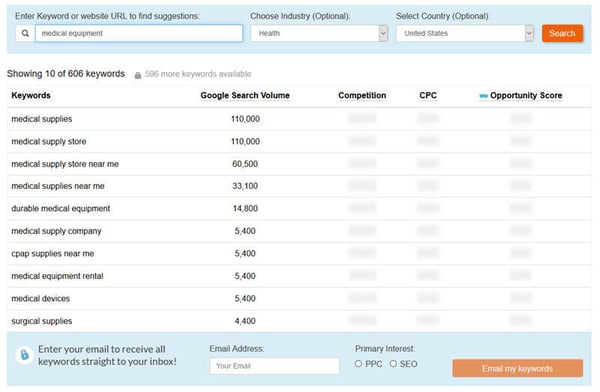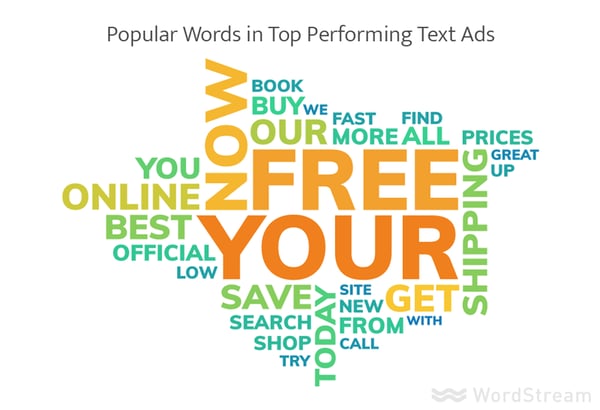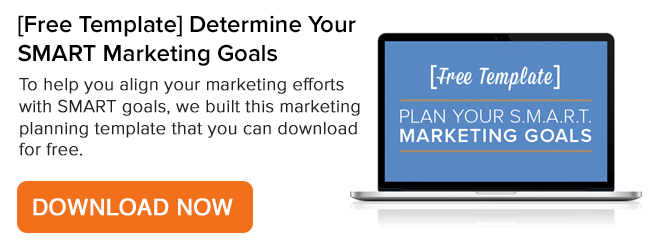Want traffic, leads and customers almost instantly? PPC campaigns get you fast results. If you’re planning on running one for the first time, here’s some useful information.

- 65% of B2B companies have won a customer through LinkedIn paid ads.
- Nearly 65% of consumers click on Google ads when they’re looking to make a purchase online.
- On average, 41% of clicks go to the top 3 paid ads on the search results page.
Combining PPC marketing tactics with organic SEO strategies can accelerate brand awareness and drive a more immediate return.
[DOWNLOAD]

Develop a PPC Campaign That Aligns with Your Goals
As attractive as it might sound though, PPC campaigns are a bit more complex, even if you’re using an easy channel like Google Ads. You need to plan and structure your campaign carefully so that you achieve optimal ROI. Kick off your brainstorming meeting with a whiteboard or pen and paper, and identify your strategic approach by following these steps.
1. What are your expectation and goals?
Before anything, define SMART marketing objectives (free template below). That is, specific, measurable, actionable, relevant and timely. Without them, you might wind up creating unrealistic targets. Is your objective sufficient to identify a problem or opportunity? Is your goal to increase conversion, engagement, or brand awareness?
2. Who is your audience or persona? Go for the simple approach.
You can go into more detail when creating your buyer persona. In the meantime, you can simply focus on these three areas to start:
- Describe your target audience by their gender, location, demographics, profession, income, etc.
- Identify their pain points that they are looking to solve. To help you, talk with your sales or customer service department who know your customers and prospects well, read relevant media outlets that focus on industry news and trends, or ask your visitors directly with a survey or form. For example, our forms ask for our visitors’ biggest marketing challenges.
- Define how your offering solves their problems.
Once you’ve figured out this information, you’re ready to establish a budget and begin the process of developing your PPC campaign around your personas.
Take a look at 5 ways to build actionable buyer personas in our article.
3. Make a list of targeted keywords.
Draw on your persona details to help you brainstorm keywords. This list should be made up of keywords that you think your customer would use to find your product. Since you’ll be paying for these ads, you’ll want to make sure they’ll show up according to their searches. Get a little help from a keyword search tool like Google Ads Keyword Planner or WordStream’s Free Keyword Tool to determine which keywords perform best in search.

Photo Credit: WordStream
4. Create a strategic landing page that converts customers seamlessly.
Once they click on your ad, your visitors will be directed to your landing page. This is where conversion from visitor to lead or customer will take place. Create an effective and seamless experience between your ad and your landing page. Make sure the messaging in your ad matches your landing page, include support content highlighting the product benefits, a lead capturing form and a clear call-to-action (CTA).

What's Next?
Get started on planning your PPC campaign! Achieving a high ROI from your campaign requires monitoring its success rate on a daily basis. As you accumulate data, you can adjust your keywords, landing page copy, CTA and even budget.
Prepare for SMART Marketing with a Template
It’s time to organize the five golden rules for successful goal setting. Use this free template to identify, plan and track your specific goals and make more effective decisions.
